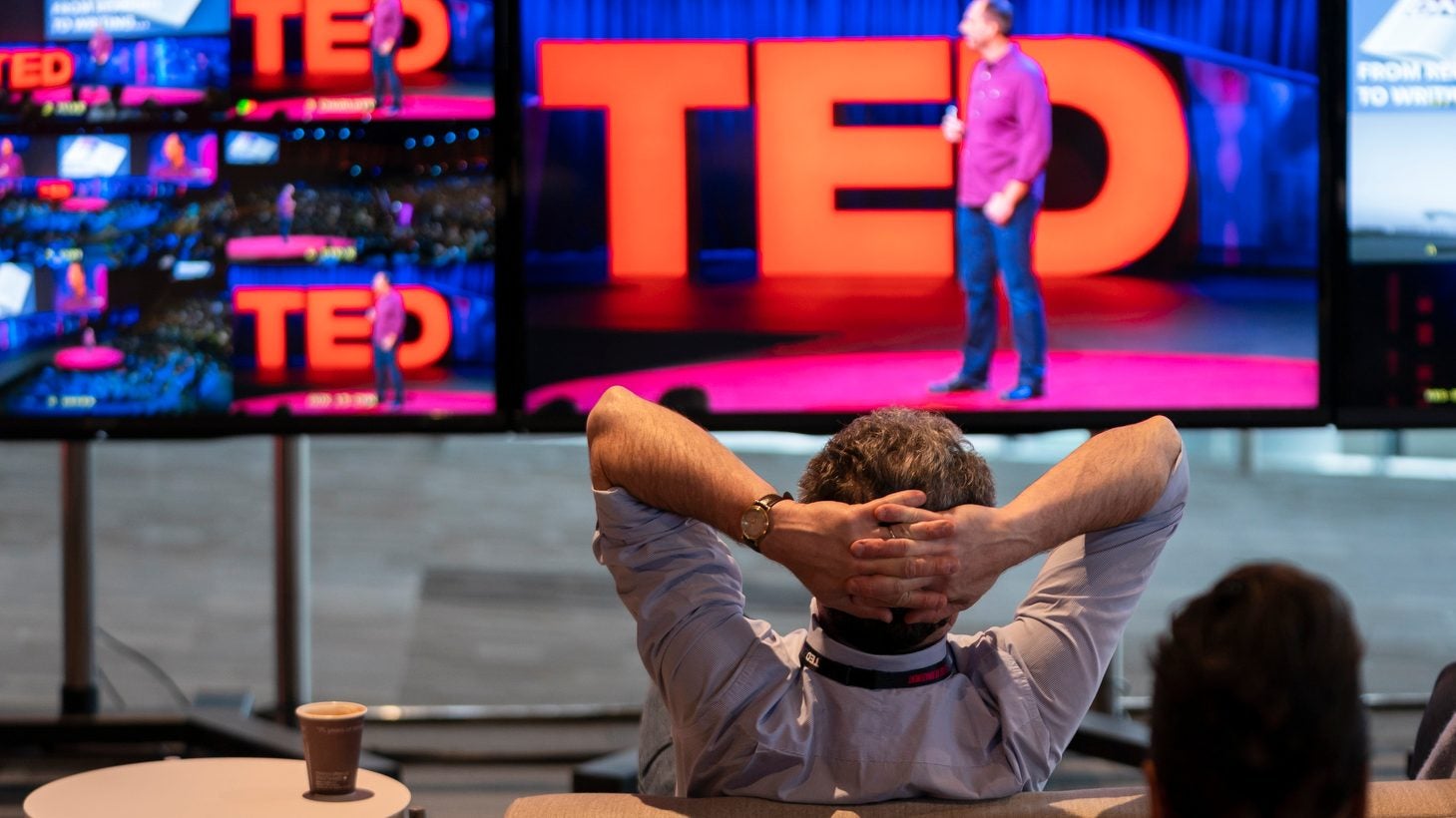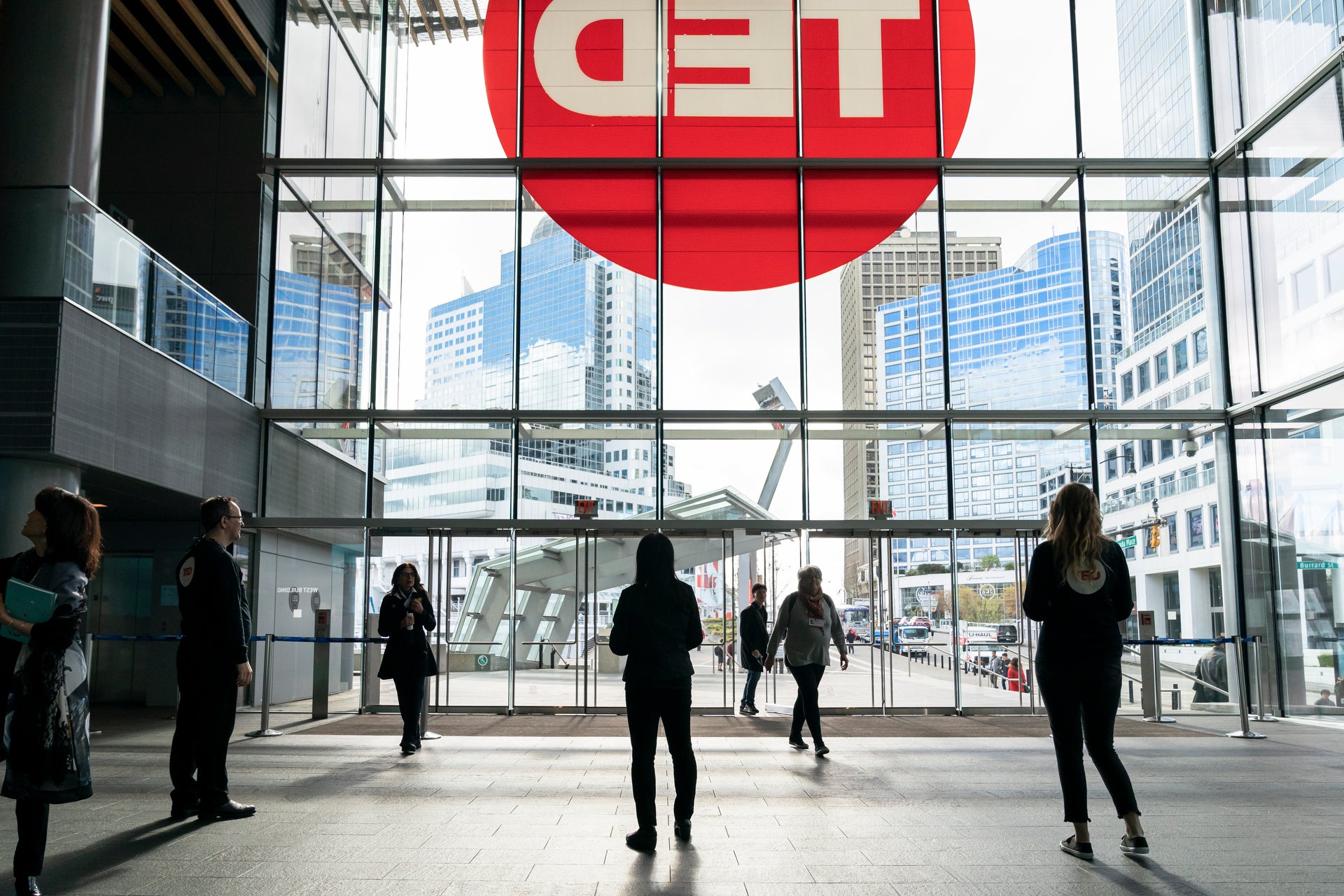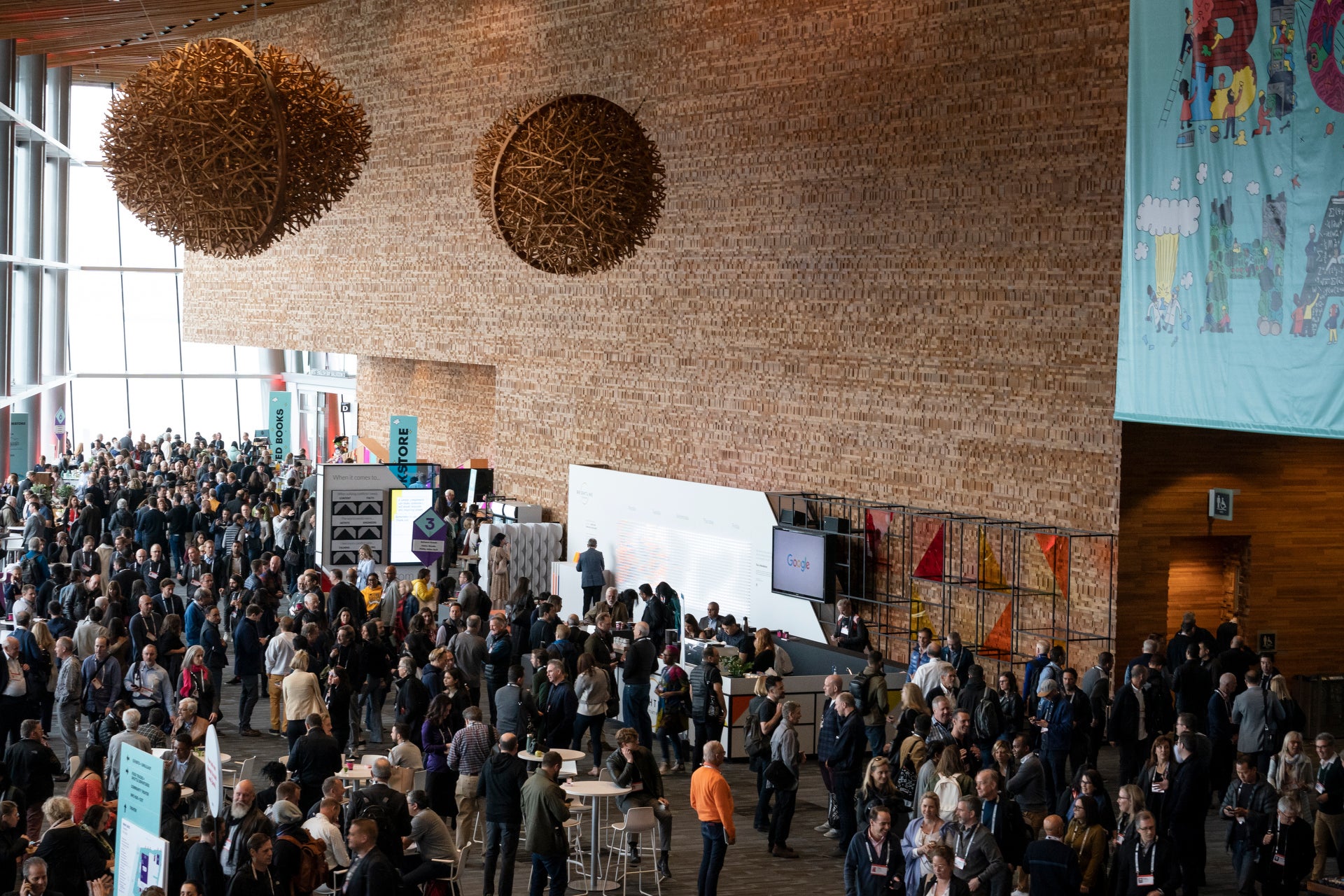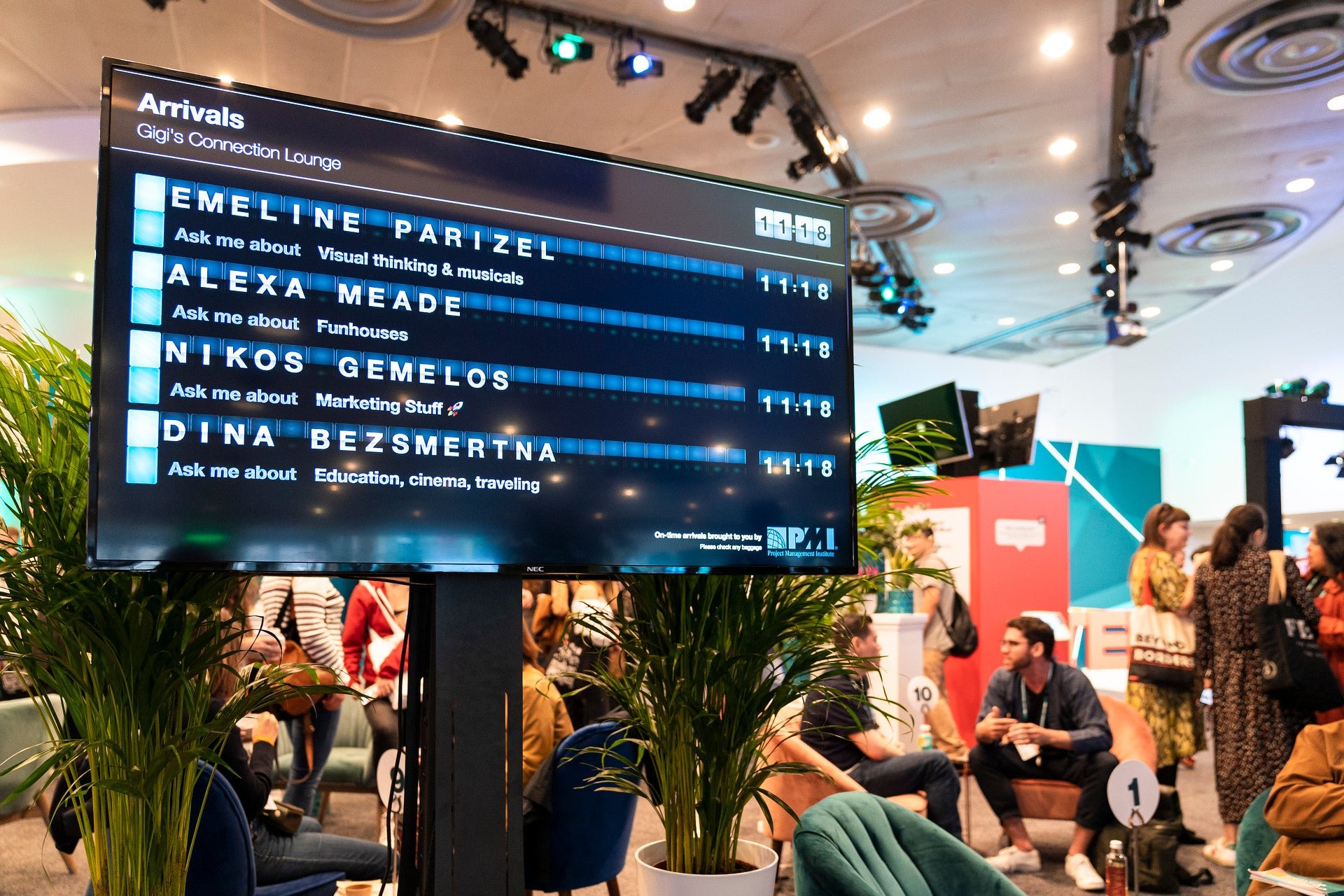The radical experimentation behind TED’s first virtual conference
Last month, TED introduced a crazy-sounding premise: an eight-week-long conference in your living room. With the coronavirus pandemic unabating, organizers scrambled to design a viable alternative to its big annual conference usually held in Vancouver, Canada. The new agenda looks something like this:


Last month, TED introduced a crazy-sounding premise: an eight-week-long conference in your living room. With the coronavirus pandemic unabating, organizers scrambled to design a viable alternative to its big annual conference usually held in Vancouver, Canada. The new agenda looks something like this:
Mondays, Tuesdays, Wednesdays: A series of 45-minute live interviews, talks, and debates tackling the range of upheavals from Covid-19.
Thursday: A 75-minute virtual session of speakers and performances—”a beautiful alternative to your evening-binge viewing,” TED says.
Fridays: A choose-your-own adventure program where one can join a speaker Q&A, a workshop, an “idea speed dating” session with a fellow attendee. TED will convene a virtual classroom for kids and homeschoolers.
“The goal is to find this rhythm that we can accommodate in the weird lives that we’re leading right now,” explained TED curator Chris Anderson. “[The idea is] to build up this little weekly routine…where we have a little bit of each other and have TED kind of every day, not too much, just enough to feel great.”
However it turns out, 2020 will be a milestone in the 36-year old organization’s history of experimentation. Though the TED talk sounds so formulaic by now—enough to fuel parodies and fiery op-eds—the organization’s true innovation is often invisible to those who’ve never experienced a conference in person.
“In thinking about TED, the first terrifying thought is, wait a sec, we’re fundamentally in the conference business,” Anderson said in a recent podcast, referring to the coronavirus shutdown. “The conference business is bringing people together and bringing people together is no longer safe. We are screwed.”
Anderson said that returning to TED’s core mission opened up new possibilities. “TED is about the sharing of ideas and the building of community. Both of those things you can actually do when no one can move out of their homes courtesy of the internet,” he explained. “Could we reinvent TED for this weird world that we’re in and are there opportunities that could make it better?”
On April 22, TED held a prequel of what a virtual conference might look like. The five-hour long sampler featured the usual mix of luminaries from science, media, entertainment and art. I’ve been covering TED in person for five years and was keen to participate virtually this year. Plagued by technical glitches and a rather clunky collaboration platform, the event felt like a low-fi, unplugged version of TED’s seamlessly-produced gatherings. It illustrated how much of a challenge the pandemic is posing, even for an organization that has experimentation baked into its DNA.

A week inside the TED bubble
It’s not uncommon to hear long-time TED attendees describe the elite ideas conference as a weeklong retreat for the soul. For $10,000 (or more) TEDsters, as they’re called, are encouraged to disconnect from their daily pressures and soak in a week of talks and epic parties in a scenic city.
A small army of curators spends the better part of the year planning every aspect of this week. There’s the David Rockwell-designed theater that’s sanded down each year so attendees are greeted with a whiff of Douglas fir as they take their seats. There’s the bounty of vegan snacks, immersive exhibitions, beautiful Steelcase seating, pop-up concerts, artful meals, and nature excursions, just to name a few. Catering to each attendee is such a priority at TED that it even built a conference concierge app called Gigi to respond to every query, whim, and urge, from fetching a Diet Coke and booking a conference room to answering late night texts from listless attendees. For better or worse, TED week is a beautiful, tightly-curated bubble.

But that bubble bursts when you bring TED home. When work and domestic chores are nipping at your heels, watching TED talks doesn’t seem so urgent or necessary. Sure, it was nice to see artist Oliver Jeffers’s poetic presentation about interconnectedness or get a preview of OK Go’s swinging new tribute to healthcare workers, or MacArthur “genius” Jim Collins’ thrilling foray in AI to fight coronavirus. But was it worth pausing the day to watch live, especially if the videos would eventually be posted online?
“Thank you for your patience as we figure out the glitches,” said editorial director Helen Walters. “This was our alpha, and you should never really go out with an alpha…but we know that you will let us know what worked and what didn’t.” It remains to be seen whether the kinks can be worked out before the eight-week TED 2020 conference kicks off on May 18—with the oddly prescient theme “Uncharted.”

TED’s interest in tweaking its formula time and time again is in part about keeping its discerning attendee base engaged, beyond any single event. This philosophy manifests in the curation of stage programming and range of activities before, during, and after the conference. In 2015, for instance, it conducted a “counter-cultural experiment” in Geneva to learn about how our growing addiction to tech devices has impacted our capacity to be present. They waived the conference fee and asked that the audience pay with their undivided attention. And, for several years, TED hosted a beloved simulcast viewing party called TEDActive. With lower registration fees and a looser vibe, it attracted a warm, energetic crowd that was content to watch TED talks together while lounging in bean bags or swimming pools.
TED’s biggest and arguably most successful experiment is TEDx, a series of TED-like events completely run by volunteers from over 800 cities around the world. When it launched 11 years ago, Anderson described it as an experiment in “radical openness,” explaining how TED is lending its brand to anyone interested in hosting local community events that capture the spirit of optimism and intellectual curiosity that it upholds. Over time, TEDx has become a global laboratory for the conference format. The catalog of over 27,000 events contain stories of scrappy ingenuity from AA to ZZ. Its history of hybrid programming, featuring pre-taped talks and live speakers, is a useful resource for anyone pondering what a post-pandemic event might look like.

Of course not all open-source experiments go as planned. Some years ago, several TEDx events were found to spotlight grandiloquent ambassadors of pseudoscience. (Egyptian psychoaromatherapy anyone?) TED has since created guidelines to help organizers recognize bad science.
Beyond the speaker program, TEDx events and TED in general excels at kindling friendships and a sense of shared purpose among strangers. It’s this human connection that’s so tricky to simulate in virtual events, and also the most coveted resource during the extended periods of isolation and social distancing. It’s the sense of closeness that permits organizers to experiment, and even err with unusual models. We’re realizing more than ever that the best gatherings aren’t just about content, but about community.